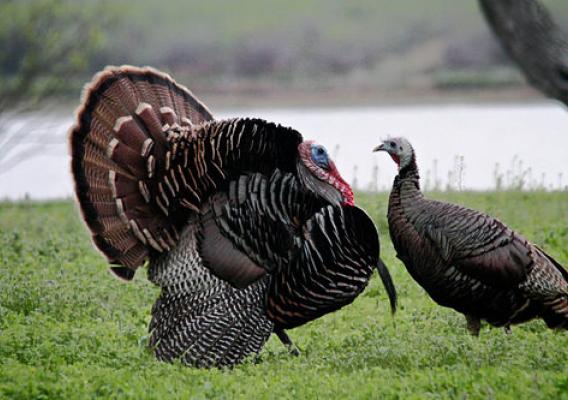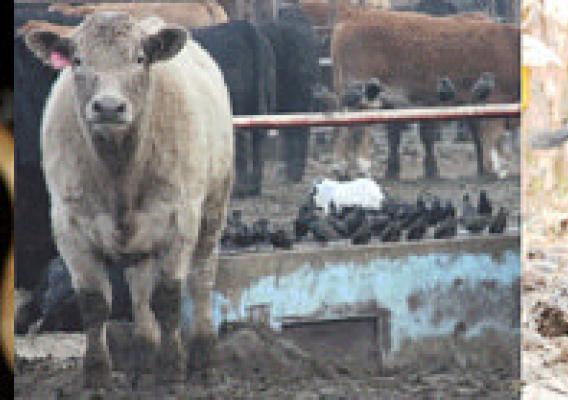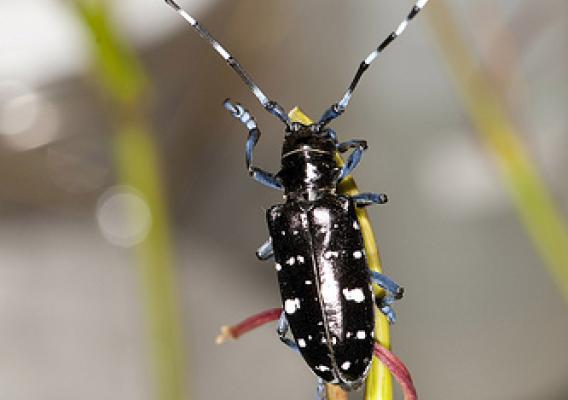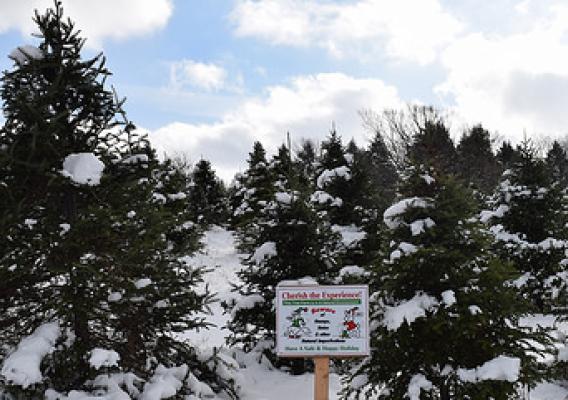There’s a good reason why USDA and the Florida Department of Agriculture and Consumer Services (FDACS) constantly monitor more than 56,000 fruit fly traps they have strategically placed across Florida. An outbreak of exotic fruit flies—one of the most destructive pests of fruit and vegetables—could threaten Florida’s powerhouse agricultural industry. By detecting these pests early and responding rapidly, USDA, FDACS, county officials, and growers can avoid large-scale agricultural losses and keep valuable export markets open.
In August 2015, some of those traps captured Oriental fruit flies (OFF) in Miami-Dade County.
The OFF attacks more than 430 different fruits, vegetables, and nuts, including avocado, mango, guava, papaya, and pitaya. All of these crops and more grow in the county, which is Florida’s top producer of tropical fruit, tropical vegetables, and ornamental nurseries. The county’s $1.6 billion agricultural industry supports 11,000 jobs.










